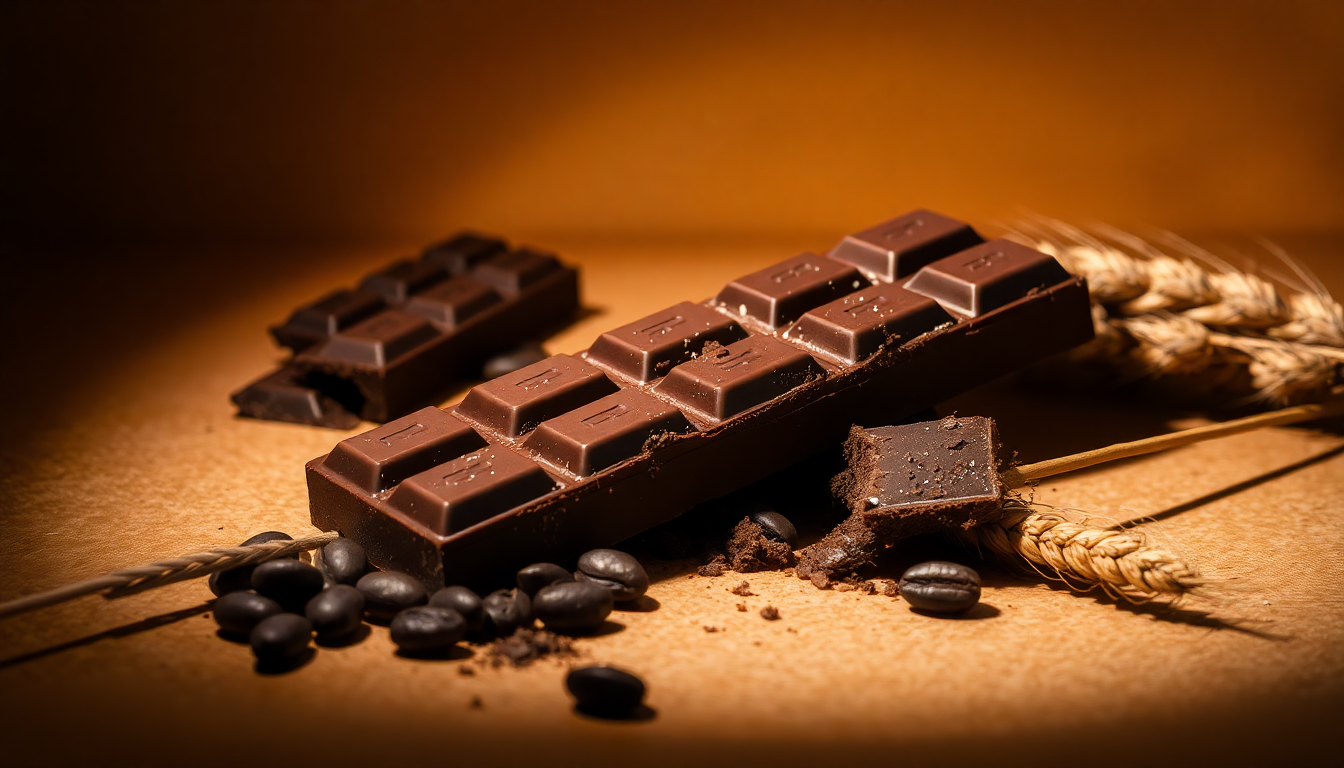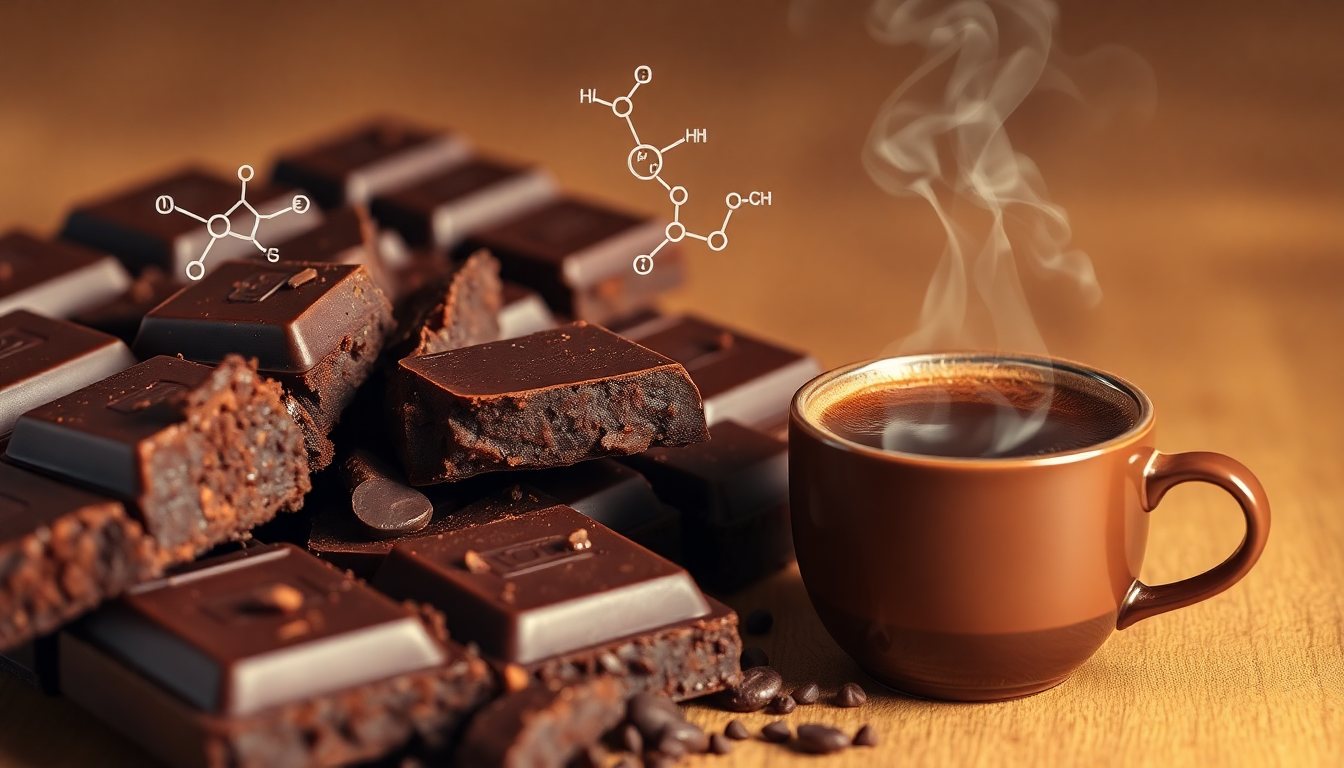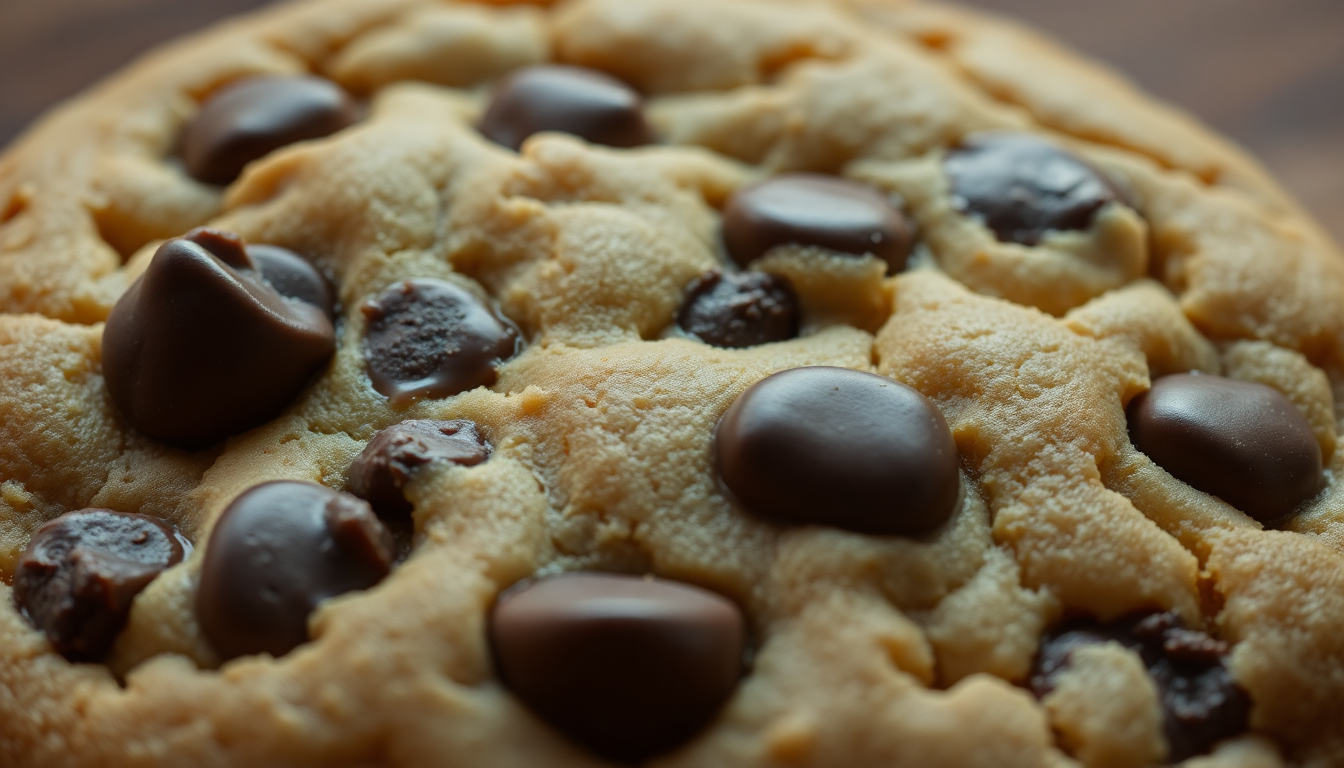
Does Chocolate Have Gluten in It? The Complete Guide for Gluten-Conscious Consumers
If you're following a gluten-free diet due to celiac disease, non-celiac gluten sensitivity, or personal preference, you might wonder if chocolate is safe to consume. The answer isn't as straightforward as you might hope, but understanding what to look for can help you enjoy chocolate safely.
The Basic Answer: Pure Chocolate Is Naturally Gluten-Free
Pure chocolate, in its most basic form, does not contain gluten. The core ingredients of chocolate include:
- Cocoa beans/cocoa solids: The primary ingredient in chocolate, derived from the cacao fruit, is naturally gluten-free.
- Cocoa butter: The fat extracted from cocoa beans, also naturally gluten-free.
- Sugar: Pure sugar is gluten-free.
- Milk solids (in milk chocolate): Milk is naturally gluten-free.
- Lecithin: Typically derived from soybeans or sunflowers, used as an emulsifier, is gluten-free.
- Vanilla or other natural flavorings: Most pure extracts are gluten-free.
None of these basic chocolate ingredients contain gluten, which is a protein found in wheat, rye, barley, and sometimes oats (due to cross-contamination).
Where Gluten Can Hide in Chocolate Products
While pure chocolate is gluten-free, many commercial chocolate products can contain gluten for several reasons:
1. Added Ingredients
Many chocolate products, especially those with mix-ins or fillings, contain ingredients that have gluten:
- Barley malt: Often used as a sweetener in chocolate, contains gluten
- Cookie pieces: Usually made with wheat flour
- Wafer or pretzel inclusions: Contain wheat flour
- Crispy rice: Sometimes contains barley malt
- Certain flavorings and extracts: May contain gluten or alcohol derived from grains
- Stabilizers and emulsifiers: Some may be derived from gluten-containing sources
2. Cross-Contamination
Even if a chocolate product doesn't have gluten-containing ingredients, it may become contaminated with gluten during production:
- Shared equipment: Chocolate made on the same machinery used for products containing gluten (like chocolate-covered pretzels or cookies)
- Shared facilities: Chocolate produced in factories that also process wheat, barley, or other gluten-containing ingredients
- Improper cleaning: Residual gluten from previous production runs
3. Unclear Labeling
Not all manufacturers are transparent about potential gluten content:
- Some use vague statements like "may contain traces of wheat" or "processed in a facility that also processes wheat"
- Others don't mention potential cross-contamination at all
- International products may follow different labeling standards
Reading Labels: What to Look For
When shopping for gluten-free chocolate, pay attention to these elements on the packaging:
Certification Symbols
Look for recognized gluten-free certification symbols:
- GFCO (Gluten-Free Certification Organization): Products certified by GFCO contain less than 10 parts per million (ppm) of gluten
- NSF Certified Gluten-Free: Ensures products contain less than 15 ppm
- Certified Gluten-Free: Products bearing this symbol have been verified to contain less than 20 ppm of gluten
Ingredient List
Always read the complete ingredient list looking for:
- Wheat, barley, rye, or malt
- Vague ingredients like "natural flavors" or "modified food starch" (which sometimes contain gluten)
- Ingredients in bold or a different font (many manufacturers highlight allergens)
Advisory Statements
Pay attention to statements like:
- "Contains wheat"
- "May contain traces of wheat"
- "Processed on equipment that also processes wheat products"
These statements indicate a risk of cross-contamination that could be problematic for those with celiac disease.
Types of Chocolate and Their Gluten Status
Different types of chocolate have different likelihoods of containing gluten:
Dark Chocolate
- More likely to be gluten-free: With fewer ingredients than milk or white chocolate, dark chocolate often has a lower risk of containing gluten
- Watch for: Barley malt as a sweetener and cross-contamination issues
Milk Chocolate
- More ingredients: Milk chocolate contains more added ingredients than dark chocolate, increasing the chance that gluten might be present
- Common additives: May include malt flavoring or other gluten-containing additives
White Chocolate
- Technically not chocolate: Contains cocoa butter but no cocoa solids
- Still naturally gluten-free: The basic ingredients (cocoa butter, sugar, milk solids) don't contain gluten
- Similar concerns: Cross-contamination and additives remain concerns
Filled or Flavored Chocolates
- Highest risk: Chocolates with fillings, cookies, wafers, or crispy elements frequently contain gluten
- Always check: These products require the most careful label reading
Safe Chocolate Brands for Gluten-Free Diets
Many brands offer chocolate products that are safe for those avoiding gluten. Here are some consistently reliable options:
Certified Gluten-Free Chocolate Brands
These brands have dedicated gluten-free production processes or facilities:
- Endangered Species: All products are certified gluten-free by GFCO
- Enjoy Life: Specializes in allergen-free chocolate chips and bars
- Pascha Organic: All chocolate products are certified gluten-free and made in a dedicated facility
- Alter Eco: Certified gluten-free chocolates in various flavors
- No Whey Foods: Specializes in allergen-free chocolates
- Taza Chocolate: Organic stone-ground chocolate that's certified gluten-free
Major Brands with Gluten-Free Options
These larger manufacturers offer some gluten-free options, but not their entire product line:
- Hershey's: Some products are considered gluten-free, including plain milk chocolate bars (1.55 oz size) and milk chocolate with almonds bars (1.45 oz size)
- Dove: Most varieties are gluten-free except Cookies & Creme and Cinnamon Graham
- Lindt: Some dark chocolate varieties are gluten-free, but always check labels
- Ghirardelli: Many products are made without gluten ingredients, but cross-contamination is possible
- Nestlé: Some products are made without gluten ingredients, but cross-contamination may occur
Brands to Approach with Caution
These brands may be problematic for those with celiac disease:
- Godiva: The company advises that people with gluten allergies should not consume any of their products due to cross-contamination concerns
- Ferrero Rocher: Contains wheat
- Toblerone: Some varieties contain barley malt
- Kit Kat: Contains wheat flour in the wafer portion
How Much Gluten is Too Much?
For those with celiac disease or severe gluten sensitivity, even tiny amounts of gluten can cause problems:
- FDA standard: In the United States, products labeled "gluten-free" must contain less than 20 ppm of gluten
- Stricter standards: Some certification programs like GFCO require less than 10 ppm
- Individual sensitivity: Some people react to even less than 10 ppm
Many certified gluten-free chocolates are tested to ensure they meet these standards, providing greater peace of mind.
Cross-Contamination at Home
Even if you purchase gluten-free chocolate, be mindful of potential cross-contamination at home:
- Store gluten-free chocolate separately from gluten-containing products
- Use separate utensils when melting or cooking with chocolate
- Be careful about double-dipping into chocolate fondue or sharing chocolate products with those eating gluten
- Clean surfaces thoroughly before preparing gluten-free foods
When to Contact Manufacturers
If you're unsure about whether a chocolate product contains gluten, consider contacting the manufacturer directly:
- Ask about dedicated equipment or facilities
- Inquire about their testing protocols for gluten
- Request information about their cross-contamination prevention measures
- Find out if formulations have changed since packaging was printed
Most reputable companies are willing to provide this information to consumers with dietary restrictions.
Making Your Own Gluten-Free Chocolate Treats
If you're concerned about commercial chocolate, consider making your own chocolate treats using certified gluten-free ingredients:
- Purchase certified gluten-free chocolate as a base
- Add safe mix-ins like gluten-free cookies, nuts, or dried fruits
- Use gluten-free recipes for chocolate desserts
- Control your ingredients to ensure safety
The Bottom Line
Pure chocolate is naturally gluten-free, but commercial chocolate products may contain gluten either as an ingredient or due to cross-contamination. For those with celiac disease or severe gluten sensitivity, it's essential to:
- Look for certified gluten-free labels
- Read ingredient lists carefully
- Be aware of cross-contamination risks
- Consider contacting manufacturers when in doubt
- Choose dark chocolate with minimal ingredients when uncertain
With careful selection, most people following a gluten-free diet can safely enjoy chocolate as part of their diet. When in doubt, opt for certified gluten-free products from trusted manufacturers who understand the importance of strict gluten avoidance for those with celiac disease and gluten sensitivity.

Claire Bennett
I'm Claire, a chocolate lover and artisan based in a small town where I run a tiny home kitchen dedicated to exploring everything chocolate. From single-origin dark bars to creamy ganache and handmade truffles, I find joy in working with all types of chocolate. I believe chocolate has a story, and I love bringing that story to life through humble, heartfelt creations.



Leave a comment
This site is protected by hCaptcha and the hCaptcha Privacy Policy and Terms of Service apply.